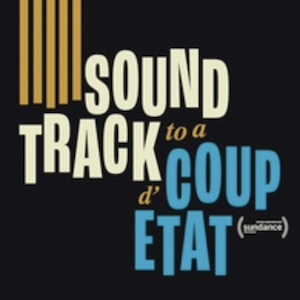Monochrome Cinema
By Heather Pantling
Are the days of black and white cinema in the past, or is monochrome making a cinematic comeback? Lucas and Albert is the 2019 film, shot in black and white, exploring the relationship between two aging hitmen. A formulaic way to explore relationships is with sound and color shape and form, but this goes against that formality being only in Black and White enjoy are feature; Monochrome the cinematic back in fashion
Written by A.G Longhurst and Robert Putt, Lucas and Albert is the story of two aging hitmen, and what seems to be their last job; cleaning up a robbery gone wrong. After always working alone, the film follows their unusual relationship, as they precariously navigate the world of organized crime. This dark comedy, set in UK gangland, explores a circumstantial friendship, and also how loss can create a troubled identity.
Shot entirely in on the Essex coast, director Darren Cook took an interesting approach producing the film in black and white. The use of monochrome throughout highlights not only the obvious dark plot, and at the same time seem to hone in on the sad past of behind one of the characters. In a way, it suggests that the vibrancy of life has been drained out of the character.
In the midst of taking out hits, Albert struggles with grief and loss. The audience can’t help but feel that there is a deep void within him. This is accentuated by the lack of colour, and an absence of vivid tones creates a greyness, reflective of the melancholy narrative of the film.
The harsh exterior of Albert is slowly chipped away, and begins to reveal that beneath lies a deeply troubled man, grappling with his emotions, and the loss of his wife.

Another element of shooting in black and white, is that Cook brings to life the bleak realities of seaside towns in the winter. no bright yellow sun, no colourful rock, no children with buckets and spades in lurid tones. The bitter sea breeze blowing in from the Atlantic, and the empty promenades, are all enhanced by the lack of colour.
In recent years there has been a revival in black and white films, utilising a distinct absence of color, which highlights aspects of the films which may otherwise be missed. Here are a couple of award-winning films, exploring monochrome and its cinematic comeback.
The critically acclaimed 2018 film Roma was lauded after its release at the Venice Film Festival. Like Lucas and Albert, Roma follows a dark plot and so too does the absence of color reflect this. Yet, director Alfonso Cuaron wanted to use black and white because he felt he was able to bring 1970’s Mexico to life, and better evoke memories.
The Oscar-winning 2011 film, The Artist was also shot entirely in black and white. Despite being shot in the modern-day, the film styled on a 1920’s silent movie. The plot follows an aging movie actor, and his relationship with a new, young actress, and his being replaced by the new ‘talkies’. A comedy at heart, the monochrome scheme is purely aesthetic and is aimed at reflecting the golden age of Hollywood.
Cold War is the 2018, Polish drama, which won multiple academy awards. It too was shot entirely in black and white, and cinematographer Lucas Zal explained this was so the audience was able to build up their own aesthetic in their mind. Shot between France and Poland, Zal describes how the greyness of Poland was highlighted in the film by darker scenes, and as they story moved to the west, there was more exposure and greater use of light. This clever use of darkness, or the absence of it, was used as the plot developed; exploring how light can portray emotion.
Monochrome is evidentially making a comeback in the cinematic world, and it looks like it is here to stay.
Find out more on Lucas and Albert here
If you enjoyed Monochrome the cinematic back in fashion, why not check out Stacey Potts’ piece A Little Lie





